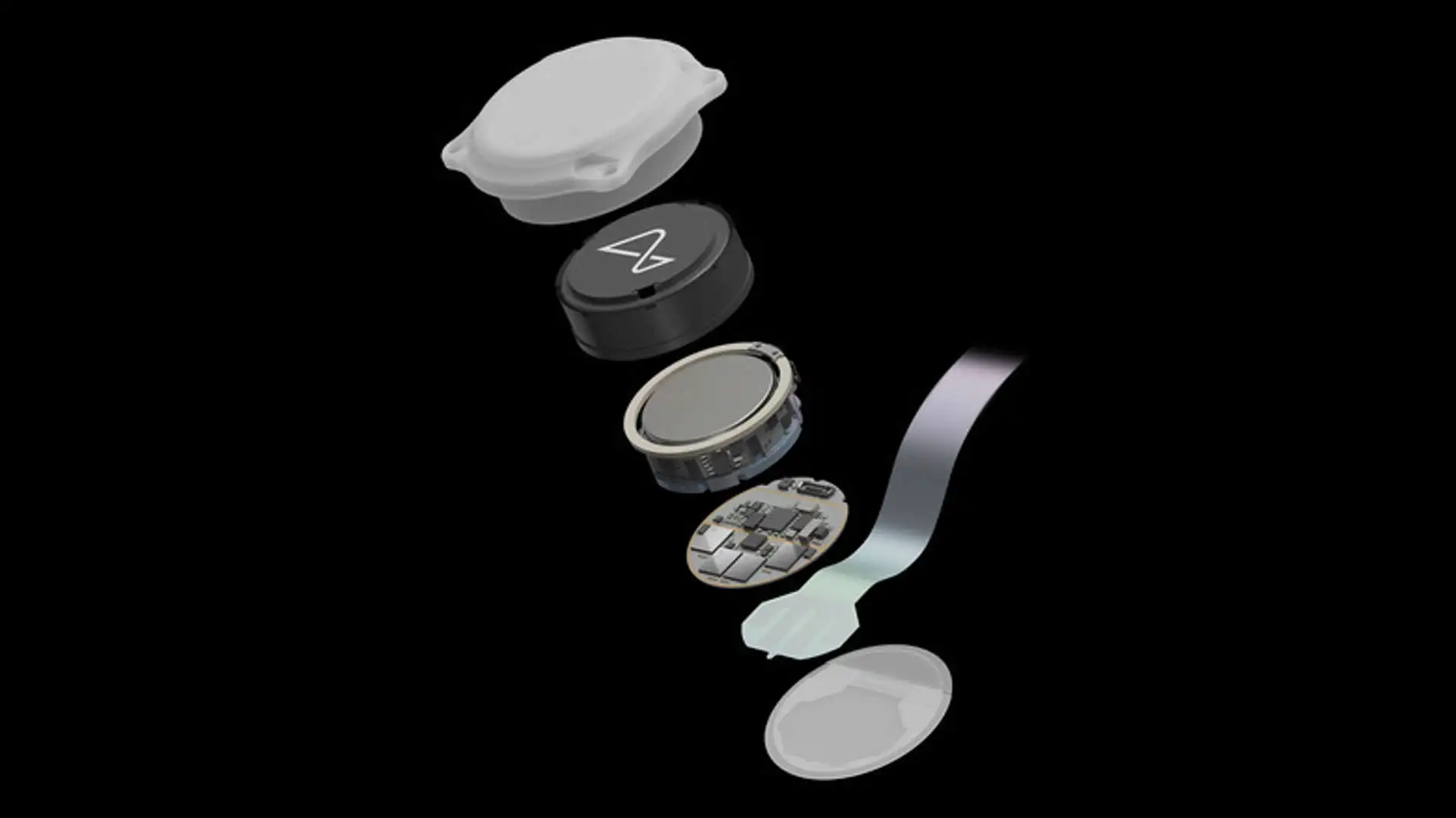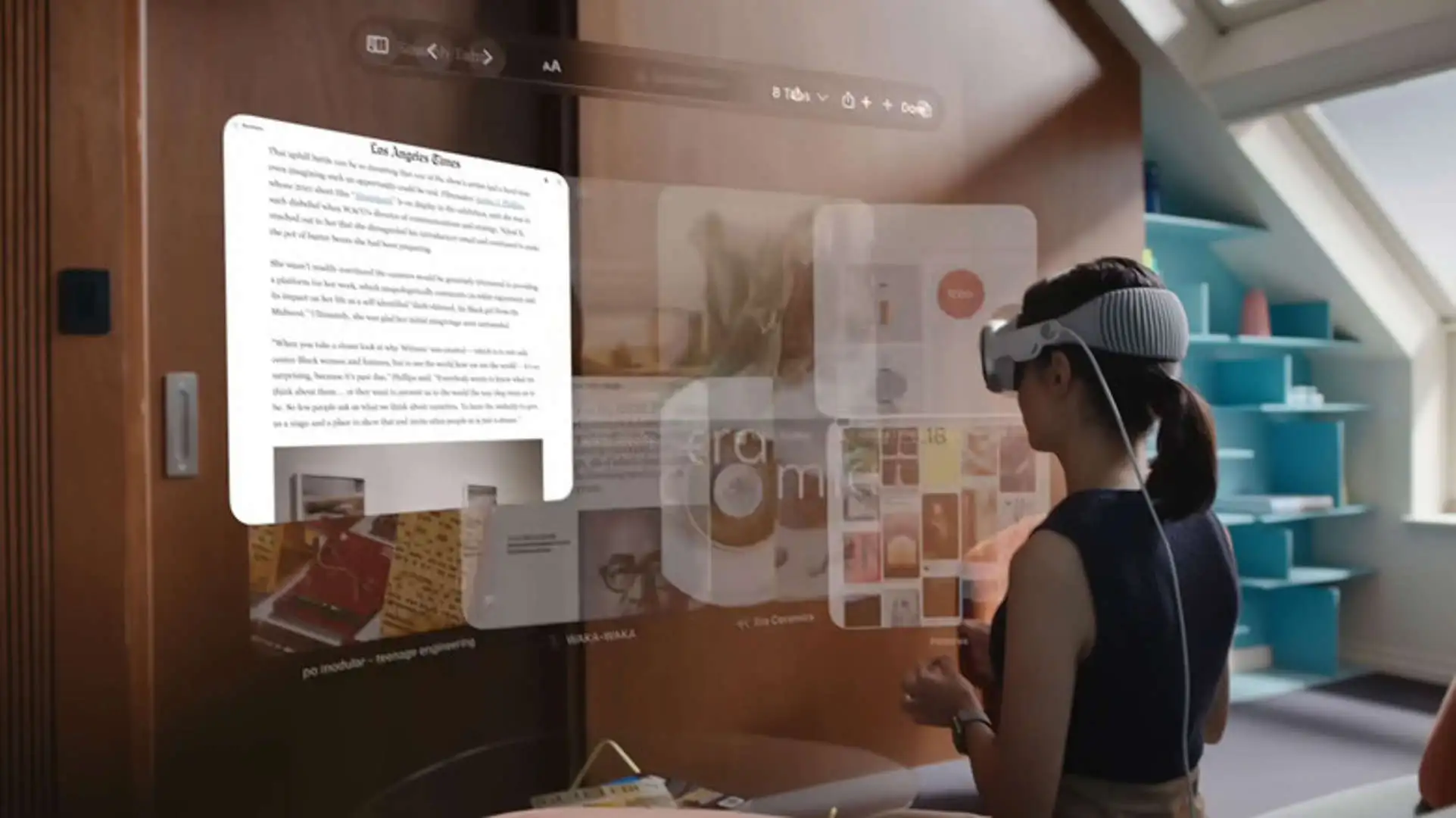Technology frequently follows unpredictable paths that even the most accomplished industry analysts may not foresee. However, one thing remains indisputable: the relentless march of technological progress. Over the past few decades, one of the most transformative innovations has been the touchscreen. The incorporation of touchscreen technology in smartphones and tablets has fundamentally transformed the way companies design and produce a wide range of electronic devices.

The concept of a touchscreen interface dates all the way back to 1965. However, it wasn’t until 2007, the year Apple introduced the first iPhone, that touch screens would truly come to the forefront and become nearly universal in mobile phones and tablets. Since then, touchscreen technology has seen continuous improvement and has been adapted for use in larger screens. The introduction of multi-touch functionality marked another significant advancement, unlocking new possibilities for its utilization. In the present, the industry is exploring cutting-edge innovations like self-cleaning screens, and developers are delving into even more abstract concepts.
Despite the widespread familiarity with touchscreens, technology continually evolves, and forward-thinking innovators are already conceptualizing alternatives to the way we interact with electronic and smart devices. Here are three futuristic devices that could potentially supplant touchscreens in the future.
Neural Implants – Revolutionizing Human-Computer Interaction

The concept of neural implants enabling individuals to perform computer and mobile tasks through mere thought is inching closer to reality. Notably, Elon Musk’s Neuralink is at the forefront of this groundbreaking technology, aiming to bridge the gap between the human brain and electronic devices. This innovative approach translates electrical brain synapses into code, facilitating seamless interaction with electronic devices. The potential result? A world where touch screens become obsolete, as tasks on phones and tablets can be executed with the power of thought.
While this technology offers remarkable prospects, it also raises significant ethical and legal concerns. The controversial nature of neural implants underscores the need for responsible development and consideration of their implications. Yet, proponents argue that this technology could yield substantial benefits, particularly for individuals with brain injuries and impairments.
To bring this technology to fruition, extensive animal trials have been conducted, attracting scrutiny and controversy. Reports suggest that Neuralink’s trials have claimed the lives of over 1,500 animals and have resulted in various side effects for subjects, including partial paralysis, cerebral edema, and infections.
However, recent developments indicate that an independent review board has approved the recruitment of human subjects for paralysis-related trials. These trials are anticipated to span approximately six years, and their success could pave the way for consumer-focused Neuralink implants, bringing this remarkable advancement within reach.
The Evolution of Virtual Reality and Augmented Reality – Transforming Human-Computer Interaction

ALSO READ: Bose QuietComfort Ultra Earbuds vs Apple AirPods Pro 2 – A Detailed Comparison for Audiophiles
Virtual Reality (VR) and Augmented Reality (AR) have come a long way since their rudimentary beginnings, with recent technological advancements making them more accessible to the average consumer. Breakthroughs in microchips, processing power, and high-fidelity screens have revolutionized these immersive technologies, offering users unprecedented experiences.
The most notable recent development in this realm is the Apple Vision Pro headset, which combines the best of both VR and AR. This headset offers users the ability to explore 360-degree views of 3D spaces, blurring the lines between the physical and digital worlds. This groundbreaking innovation could potentially replace traditional peripherals like the mouse and keyboard, as well as touchscreens, ushering in a new era of human-computer interaction.
With these devices, functionality is no longer confined to a two-dimensional space. Instead, new, more practical three-dimensional interfaces can be created, providing intuitive navigation options. Users are presented with a projected screen that functions as a regular tablet or phone within the virtual space, eliminating the need for physical touchscreens. Companies like Meta are also venturing into the development of virtual workplaces that harness these transformative functionalities.
While we may still be a long way from the 3D projected interfaces depicted in iconic science-fiction series like Star Trek, the potential of VR and AR to reshape our world is undeniable. These technologies empower us to create and experience things that would be challenging, if not impossible, to achieve in the real world, transcending the boundaries of science and physics. The future of human-computer interaction is undoubtedly an exciting one, driven by the ever-evolving landscape of VR and AR.
The Touchless Revolution – Rethinking Human-Computer Interaction

Touchless technology has been on the rise, introducing innovative ways to interact with our digital devices without the need for physical contact. This evolving field encompasses various devices that detect physical gestures, track eye movements, and understand speech. As touchless technology advances, it offers the promise of transforming how we interact with computers, smartphones, and other digital platforms.
Gesture cameras are among the pioneers in this arena, with several models already available in the market. The most recent version of macOS, Sonoma, has incorporated this technology into its latest operating system build. While its current functionalities are primarily focused on visual effects and emojis, it opens doors to a multitude of potential applications for touchless computing.
Eye tracking is another exciting development in the touchless technology landscape. Devices equipped with eye-tracking capabilities use infrared LEDs to precisely monitor eye movements and translate them onto the screen. Examples include Comcast’s eye-tracking remote and the HTC Vive XR headset, which both make use of this technology. These innovations are redefining how we engage with smart devices and virtual reality experiences.
Voice-controlled devices have been a staple in the world of technology for some time now. Virtual assistants like Siri, Alexa, and Cortana have gained widespread popularity, assisting users with various tasks and providing information through voice commands.
However, the future may hold a more promising and comprehensive alternative to touchscreens. This could involve combining all three technologies – gesture control, eye tracking, and voice recognition – to create an entirely touchless environment. In such a scenario, screens might become redundant, as users seamlessly interact with their devices using natural gestures, eye movements, and spoken commands.
Ultimately, the adoption and evolution of touchless technology will depend on consumers’ preferences and needs. As people seek more intuitive, efficient, and hygienic ways to interact with digital devices, the demand for realistic alternatives to traditional touch screens will continue to grow, driving further innovation in the touchless technology space.









